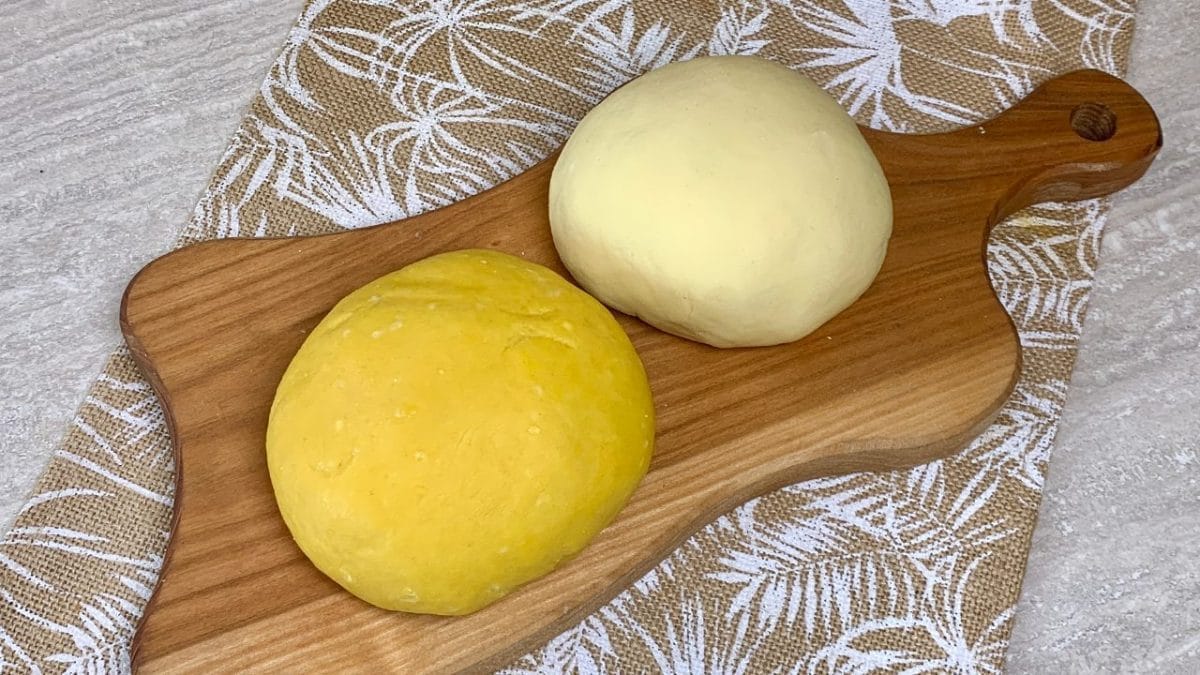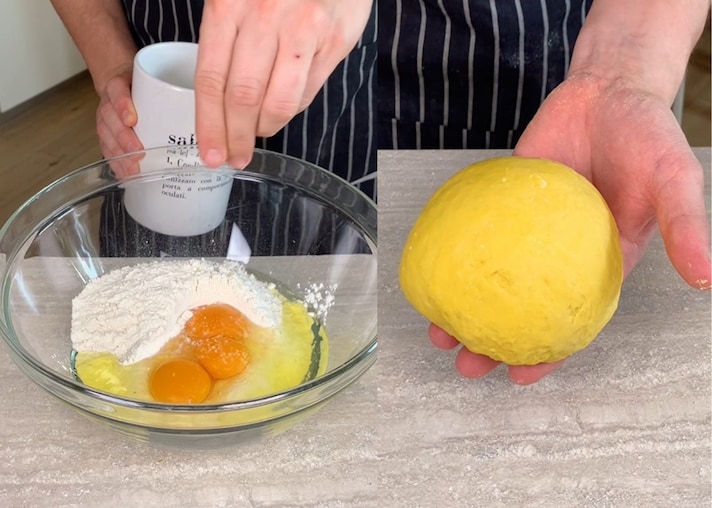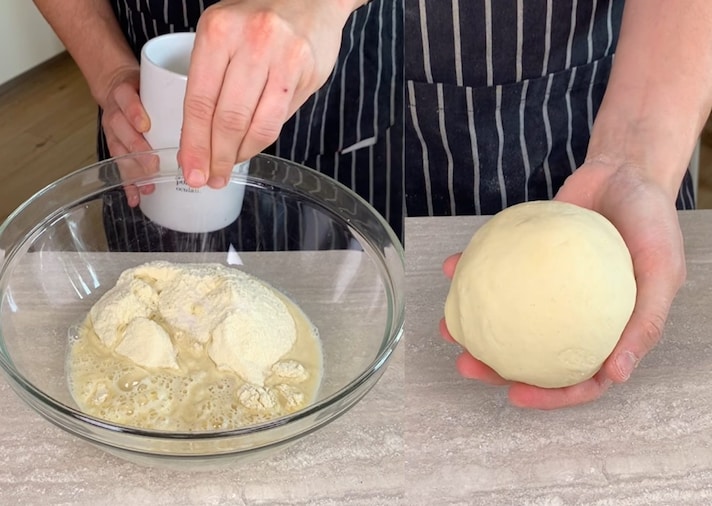
Egg or eggless pasta? We will explain the difference and which one you should use. It's not just a matter of taste or tradition: ingredients, textures, and even how you use them in the kitchen all vary, and chemistry plays a role. We'll discover how to make egg and eggless pasta, their different consistencies, how to cook them, and how to use them: from the ideal shape to how to enjoy them. We'll also reveal a trick for making perfect pasta.
What is Fresh Egg Pasta?

Let's start with egg pasta, which is made with: 300grams of all-purpose flour, 3 yellow eggs, and a pinch of salt (serves 4). The eggs will give the dough its intense yellow color and a compact, sturdy structure. The dough will also be very elastic, and the eggs will also add proteins and fats, making it more tenacious. In terms of final flavor, egg pasta will have a more rustic flavor than eggless pasta.
Cooking Egg Pasta
In egg pasta, the lecithins contained in egg yolk make the pasta more resistant and hold its shape during cooking, without causing it to fall apart. All you need to do is cook it for 2-3 minutes in boiling, lightly salted water.
How to Use It?
Egg pasta, given its characteristics, is perfect for filling or topping with any type of sauce. It is recommended for making ravioli, lasagna, tagliatelle, or pappardelle.
What is Fresh Eggless Pasta?

Eggless pasta, on the other hand, is made with 300grams of re-milled durum wheat semolina, 120grams of water, and a pinch of salt (serves 4). The result will be a more rustic and grainy pasta: its consistency, in fact, depends not on the egg, but on the gluten that develops in the dough during kneading. You can also use all-purpose flour if you prefer, but the final consistency and elasticity will be different. In general, dough without eggs will be tougher than dough with eggs, so it will require more care.
Cooking Eggless Pasta
Even pasta without eggs cooks in boiling water for 2-3 minutes, but a lot depends on the shape and especially whether the pasta is fresh or dried: in the latter case, it will need to cook for longer.
How to Use It?
The more rustic texture of eggless pasta is perfect for binding with sauces and the most ideal shapes are the small ones: orecchiette, cavatelli, trofie or the long shapes, such as Tuscan pici.
The Secret to Obtain Perfect Homemade Pasta
Do you know the secret to perfect pasta? Add a drizzle of olive oil to the dough, a tip that applies to all pasta: it will make it much more elastic and easier to work with. A really simple trick that will make all the difference.
;Resize,width=767;)
